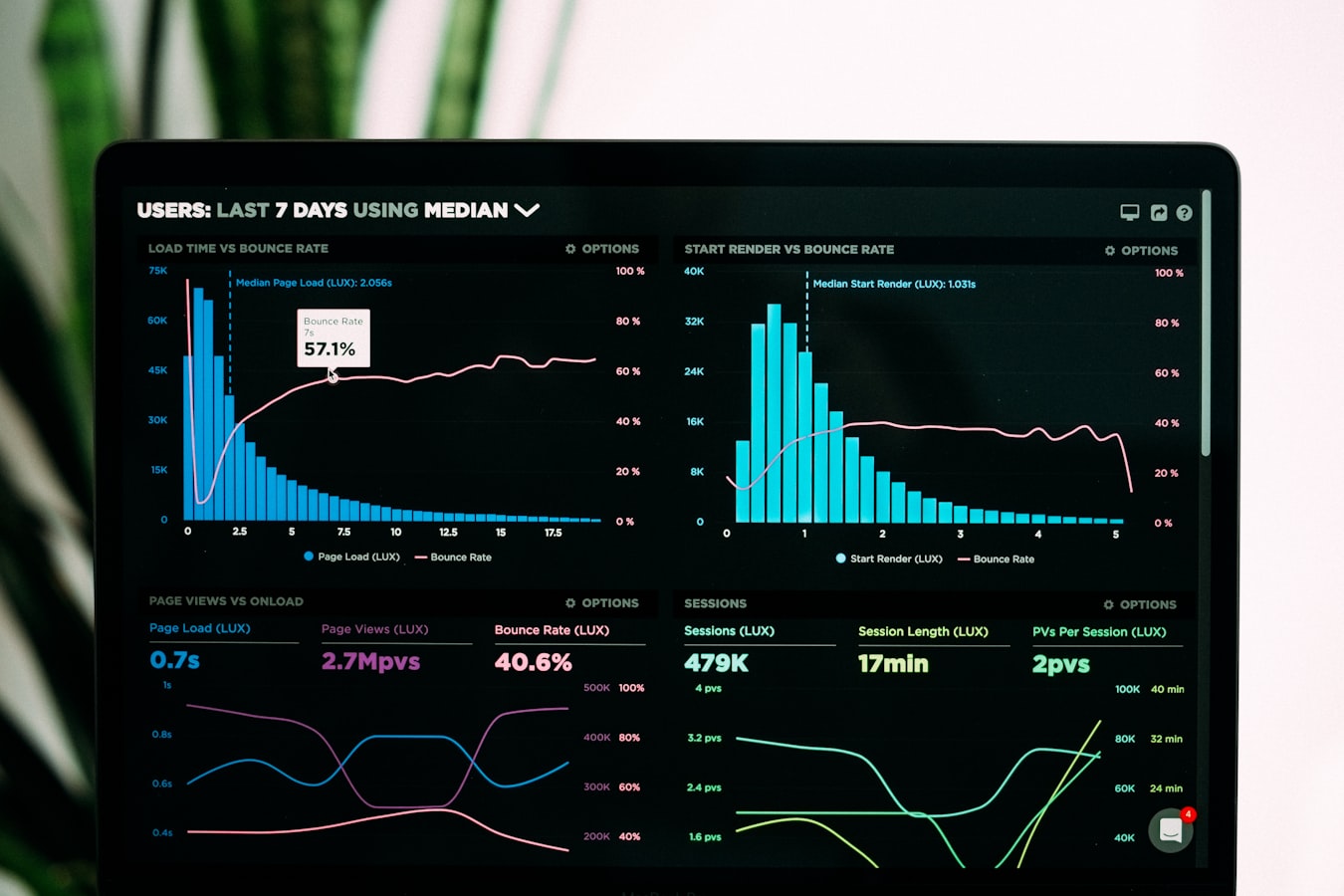📚 Table of Contents
Working remotely as a UX/UI designer offers incredible flexibility, but are you equipped with the right digital toolkit to excel? From seamless collaboration to pixel-perfect prototyping, the apps and platforms you choose can make or break your workflow. Let’s explore the must-have tools that empower remote designers to create, communicate, and deliver exceptional user experiences from anywhere in the world.
Essential Design Tools for Remote UX/UI Work
Every remote UX/UI designer needs a core set of design applications. Figma leads the pack with its cloud-based interface design capabilities that work across operating systems. Adobe XD remains a strong contender with robust prototyping features, while Sketch (paired with cloud services) continues to be popular among Mac users. Don’t overlook accessibility tools like Stark or Contrast Checker to ensure your designs meet WCAG standards.
Top Collaboration Apps for UX/UI Teams
Remote design thrives on clear communication. Miro provides infinite digital whiteboards for brainstorming sessions, while Notion serves as an all-in-one workspace for documentation and project tracking. For real-time feedback, try MarkUp.io for visual commenting directly on live designs. Slack and Microsoft Teams keep conversations organized, with dedicated channels for different projects.
Prototyping & Wireframing Software
Transform static designs into interactive experiences with prototyping tools. ProtoPie offers advanced animations without coding, while Framer bridges the gap between design and development. For rapid wireframing, Balsamiq’s sketch-style interface helps focus on structure rather than aesthetics. These tools help remote designers communicate functionality clearly to stakeholders across time zones.
User Research & Testing Tools
Conducting user research remotely requires specialized platforms. Lookback.io enables live moderated testing sessions, while UserTesting provides quick feedback from target audiences. For unmoderated testing, TryMyUI records user sessions with webcam and audio. Hotjar’s heatmaps reveal how users interact with existing products, informing your redesign decisions.
Productivity Hacks for Remote Designers
Maintaining focus is crucial when working remotely. Time-tracking apps like Toggl help analyze where design hours go, while Focus@Will provides science-backed music to boost concentration. Loom’s video messaging saves endless email threads, and Zero Height maintains your design system documentation. Remember to schedule regular breaks using the Pomodoro technique to avoid burnout.
Conclusion
The right digital toolkit transforms remote UX/UI design from challenging to rewarding. By combining powerful design software with effective collaboration platforms and user research tools, you can deliver exceptional work regardless of location. Stay updated with emerging technologies, but focus on mastering a core set of applications that fit your specific workflow and team needs.


Leave a Reply